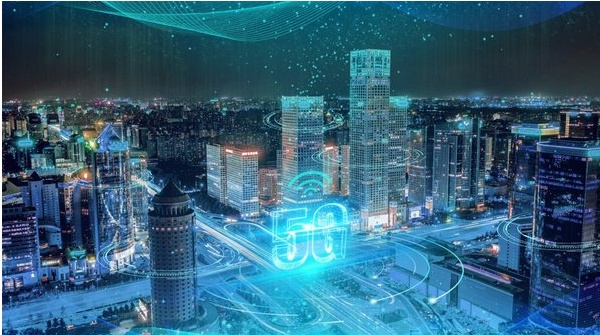Edge computing and 5G drive economic recovery after the pandemic

The study identified five industries, namely manufacturing,
healthcare, transportation, environmental monitoring and gaming, which are
expected to grow under the combination of 5G and edge computing.

Will edge computing and 5G promote economic prosperity after
the new crown epidemic?
There is no doubt that the COVID-19 crisis of the past year
has accelerated the process of digitization, and subsequently accelerated the
understanding of the edge and the potential of 5G computing. In all industries,
the need to accelerate digital transformation is greater, strengthening the
need for edge and 5G. In short, 5G and edge computing technology may be the key
to global economic recovery.
This statement comes from KPMG (KPMG) analysis and is based
on a joint research with International Data Corporation (IDC).
The study identified five industries, namely manufacturing,
healthcare, transportation, environmental monitoring and gaming, which are
expected to grow under the combination of 5G and edge computing. Analysts at
KPMG International Data Corporation (KPMG-IDC) estimate that the market size of
these five major markets alone will exceed US$500 billion in the next two
years.
The KPMG-IDC team identified the types of edges and 5G
opportunities arising from these five key areas:
Manufacturing: The KPMG-IDC report points out that
edge and 5G are expected to create a 51% incremental potential market in the
manufacturing industry, which will grow from US$136 billion to US$206 billion
by 2023. The author of the report, led by Alex Holt, KPMG’s head of global
telecommunications and media, said: “The world is moving towards a highly
automated factory, with sensors analyzing data from all corners of the world,
and artificial intelligence constantly adjusting production Meet the
demand."
The “Covid-19 effect” has shaped the manufacturing edge
plan. "During the pandemic, many factories may be forced to close, but the
benefits of 5G and edge computing to the manufacturing environment are so
compelling that it may become the key to accelerating the recovery of
manufacturers. By accelerating digitization, manufacturers can reduce costs.
And improve the speed and quality of products. As the market recovers,
companies that can upgrade are likely to leave other peers behind."
Healthcare: The report points out that edge and 5G
are expected to create 66% of the potential market in the healthcare market,
which will grow from US$27 billion to US$45 billion by 2023. “Healthcare can be
said to be the biggest beneficiary of better data and artificial intelligence
than any other industry. Whether in hospitals or outside the community,
patients can be continuously monitored through sensors that collect and analyze
health information and alert doctors and Nursing staff. Equipment may include
blood glucose meters, blood pressure cuffs, heart monitors, oximeters and other
wearable devices. Hospitals of the future can also track the location and
performance of their high-value medical equipment."
Transportation: By 2023, Edge and 5G are expected to
create a 100% incremental market in the intelligent transportation market,
increasing from US$12 billion to US$24 billion, Holt and his co-authors said.
"There is a lot of discussion around the potential of smart cities. Data
from sensors can tell traffic operators and passengers information about
performance and problems, and allow passengers to catch up with the planned
time and delays. On the street, through hot spots, road construction and With
real-time updates of accidents, traffic management becomes easier, which in
turn informs travelers and their navigation systems. By instantly identifying
free space, parking is no longer so troublesome."
Environmental monitoring: The KPMG-IDC team reported
that by 2023, Edge and 5G are expected to create 78% of the potential market in
the field of government environmental monitoring, increasing from US$2.8
billion to US$5 billion. “Environmental and healthcare institutions and local
authorities need to access and analyze complex data from multiple sources in
order to make informed decisions, such as diverting traffic, restricting access
to geographic areas, or taking action against hazardous substances. The world
will increasingly Relying on monitoring and testing to ensure the safety of
citizens, organizations, and supply chains, and to help minimize disruption to
daily life."
Games: Holt and his co-authors predict that by 2023, Edge
and 5G are expected to create 30% of the potential market in the gaming sector,
increasing from US$180 billion to US$236 billion. "The advent of AR/VR is
creating incredibly vivid and lifelike experiences that require world-class
connections to function at the highest level. Gamers need ultra-fast
connections and extremely low latency to support simultaneous presentations to
multiple players Streaming advanced graphics and content. 5G and edge computing
will literally bring gamers into a new reality, and it will excite everyone in
the ecosystem."